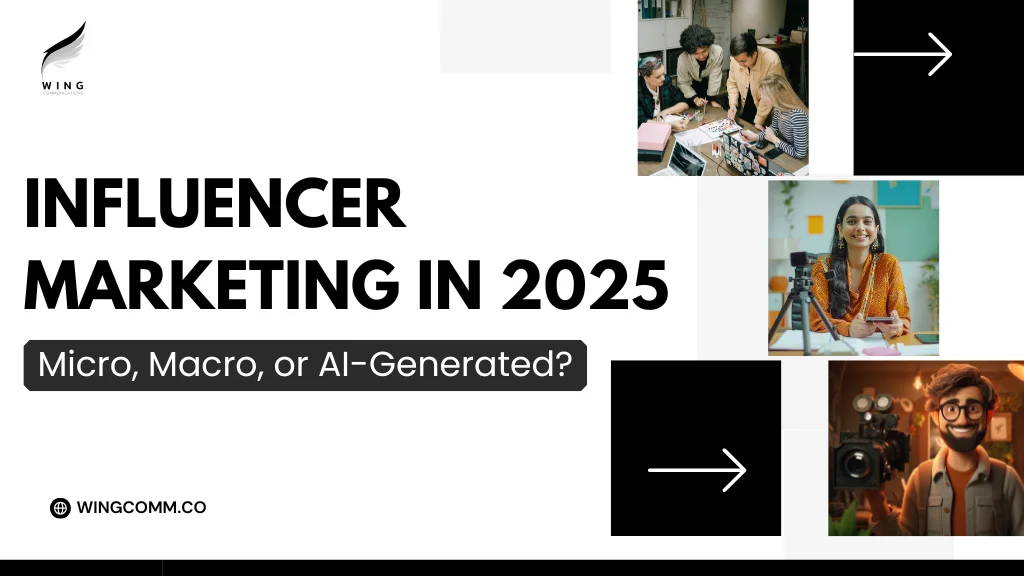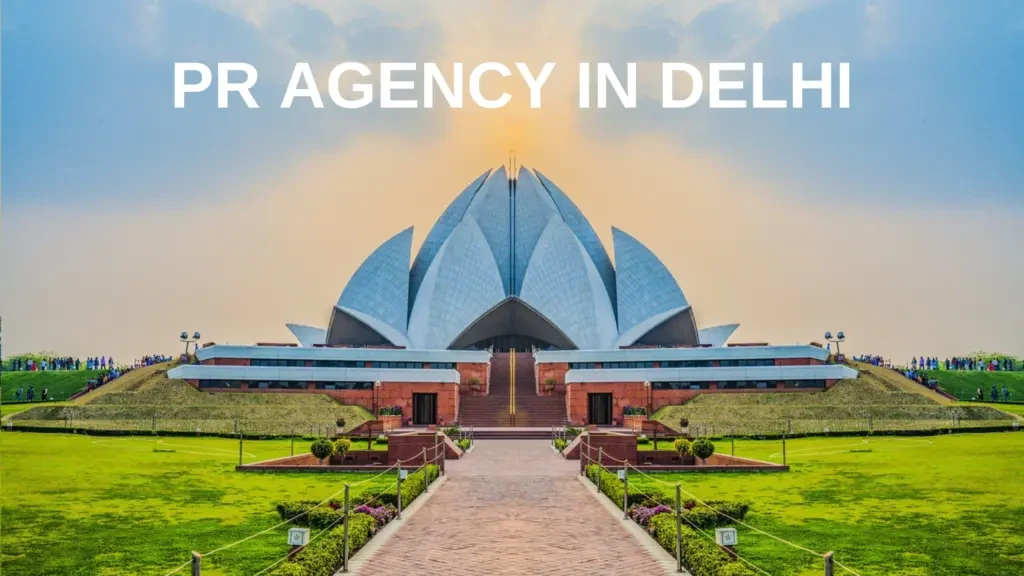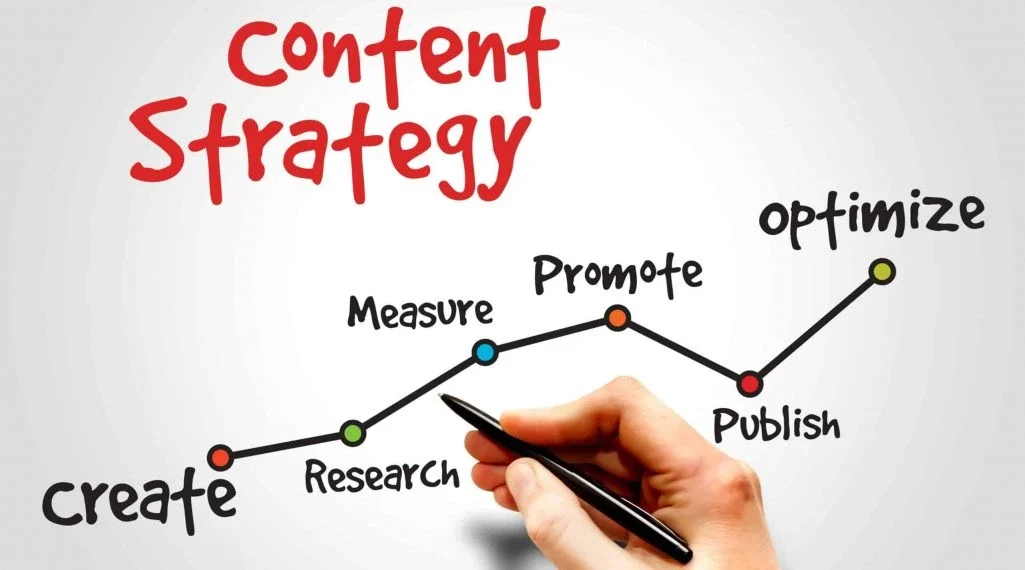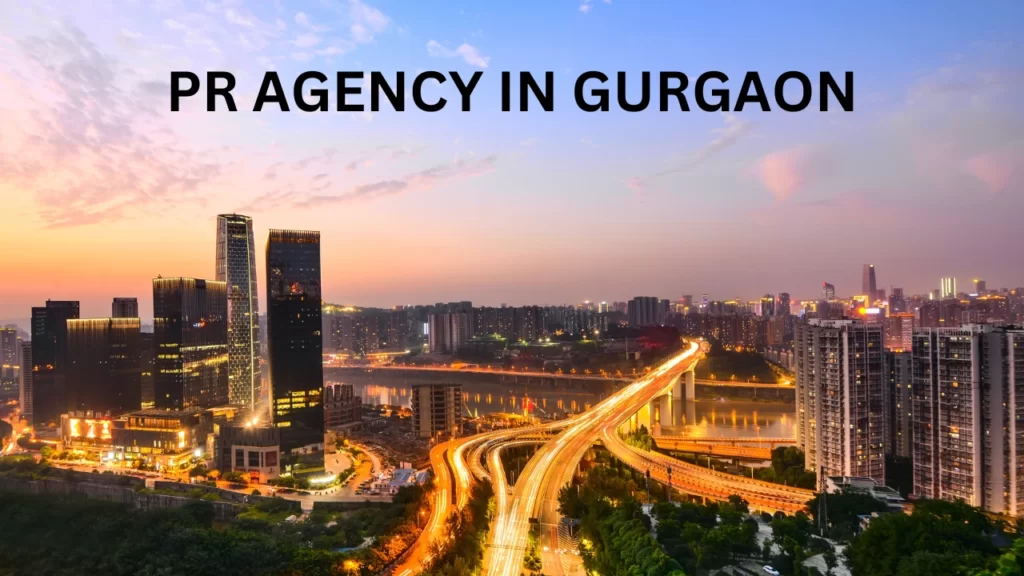Influencer Marketing in 2025: Micro, Macro, or AI-Generated?

With India’s influencer marketing industry projected to reach INR 3,375 crore by 2026 at an 18% CAGR (EY State of Influencer Marketing in India Report, 2024), brands face a critical challenge: confusion over influencer ROI. The 2025 Influencer Marketing Hub Benchmark report reveals that 30% of brands don’t measure campaign ROI, leading to wasted budgets and missed opportunities.
At Wing Communications, we’ve empowered over 100 startups in cities like Hyderabad, Jaipur, and Coimbatore to maximize influencer impact through strategic frameworks and tracking tools. This blog explores micro, macro, and AI-generated influencers, offering actionable strategies, case studies, and our free Influencer Brief Template to boost your 2025 campaigns.
Why Influencer Marketing ROI Causes Confusion
The 2025 HubSpot Social Media Marketing Report notes that 26.8% of marketers hesitate to invest in influencer campaigns due to unclear ROI, niche selection complexities, and platform changes. In India, with 524 million social media users (WeForum, 2024), choosing between micro-influencers (10K–100K followers), macro-influencers (100K–1M followers), or emerging AI-generated influencers adds complexity.
Case Study: In 2024, a Chennai D2C fashion brand partnered with WingComm to leverage micro-influencers on Instagram, achieving 8% engagement rates and 15% sales growth, compared to a macro-influencer campaign with 3.5% engagement (YourStory, 2024).
Why the Confusion?
- ROI Tracking: 70% of brands measure ROI, but many lack advanced tools (Influencer Marketing Hub, 2025).
- Niche Misalignment: 49% of campaigns fail due to poor influencer-audience fit.
- AI Uncertainty: 71.82% of marketers are eager to use AI influencers but fear authenticity loss (House of Marketers, 2025).
Strategic Frameworks for Influencer Selection
1. Micro-Influencers: High Engagement, Niche Impact
Micro-influencers (10K–100K followers) excel in authenticity and engagement, ideal for Tier 2/3 startups targeting niche markets. The 2025 Sprout Social Influencer Marketing Report shows micro-influencers achieve up to 8% engagement rates versus 3.5% for macro-influencers.
Example: A Jaipur healthtech startup’s 2024 WingComm campaign used micro-influencers on ShareChat to promote wellness products, driving 20% conversion rates in Rajasthan.
Framework:
- Niche Selection: Use HypeAuditor to identify influencers with audience overlap (e.g., fitness, veganism).
- Authenticity: Prioritize influencers with genuine reviews (64% of consumers trust these, Sprout Social, 2024).
- Tracking: Monitor engagement with Hootsuite.
Data Insight: 80% of brands report positive ROI with micro-influencers (Statista, 2024).
2. Macro-Influencers: Broad Reach, Brand Awareness
Macro-influencers (100K–1M followers) are ideal for large-scale awareness. The states that 49% of consumers rely on macro-influencer recommendations for purchases.
Case Study: A Hyderabad SaaS startup’s 2024 WingComm campaign with a macro-influencer on LinkedIn generated 2 million impressions and 10% lead growth.
Framework:
- Niche Selection: Use BuzzSumo to find influencers in broad niches (e.g., tech, lifestyle).
- Content Strategy: Focus on storytelling via YouTube Shorts or Reels.
- Tracking: Measure reach and impressions with Google Analytics.
Data Insight: Macro-influencers boost brand visibility by 30% (IBEF, 2024).
3. AI-Generated Influencers: Scalable, Yet Risky
AI-generated influencers, like virtual brand ambassadors, offer 24/7 content creation and cost-efficiency. The 2025 Viral Nation Report notes that AI-driven campaigns increase conversion rates by 20%, but 74% of companies struggle with authenticity.
Example: A Mumbai D2C brand’s 2024 WingComm campaign tested an AI influencer on Instagram, achieving 5 million views but lower trust scores versus human influencers.
Framework:
- Niche Selection: Use The Cirqle for AI-driven influencer matching.
- Authenticity Balance: Combine AI content with human influencer posts.
- Tracking: Use Brandwatch for sentiment analysis.
Data Insight: 71.82% of marketers plan to integrate AI influencers in 2025.
Tracking Tools for ROI Clarity
To overcome ROI confusion, leverage these tools:
- HypeAuditor: Audit influencer authenticity to avoid fraud (36.8% of Instagram influencers affected in 2024..
- Hootsuite: Track engagement and sentiment for real-time insights.
- Google Analytics: Measure traffic and conversions from influencer campaigns.
- The Cirqle: Optimize RoAS with AI-driven analytics (25–30% lift in RoAS, The Cirqle, 2025).
Example: A Bhubaneswar startup used WingComm’s Hootsuite integration to track a micro-influencer campaign, achieving 200% ROI by targeting 50,000–200,000 user reach.
Data Insight: 74% of companies use advanced tracking for influencer sales.
Common Pitfalls to Avoid
Drawing from your interest in startup challenges:
- Poor Niche Fit: 49% of campaigns fail due to misaligned influencers.
- Ignoring Metrics: 30% of brands don’t track ROI.
- Over-Reliance on AI: 74% of companies risk authenticity loss with AI influencers.
- Short-Term Focus: 80% of influencers prefer long-term partnerships.
Why Choose Wing Communications?
Wing Communications, a Hyderabad-based PR and digital marketing agency founded in 2021, specializes in influencer marketing for startups and D2C brands. With 3,349 LinkedIn followers and a network across YourStory and The Hindu, we drive measurable results.
Case Study: In 2024, WingComm helped a Madurai D2C brand combine micro-influencers and ShareChat Reels, achieving 3 million impressions and 20% sales growth.
Why WingComm Stands Out:
- Local Expertise: Vernacular campaigns in Hindi, Tamil, Telugu, and more.
- Data-Driven: Sprinklr analytics ensure 30.81% reach via Reels.
- Affordable: Retainers from ₹50,000–₹7 Lakh deliver 19–25% higher conversions.
- Team Strength: Led by Somdeb Dharchowdhury and Rahul Bhavani, we optimize campaigns for ROI.




